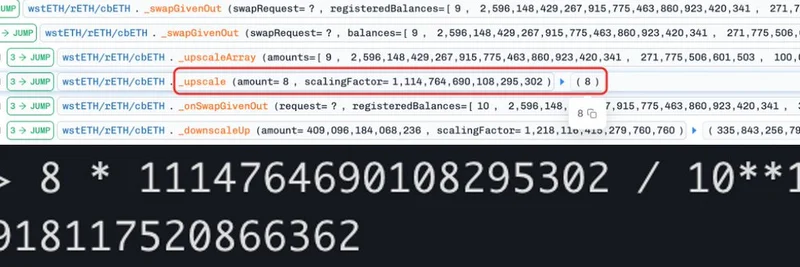Hey there, crypto enthusiasts and blockchain buffs! If you’ve been scrolling through X lately, you might have stumbled upon a tweet from MartyParty that’s got everyone talking. Posted on July 13, 2025, at 21:10 UTC, the tweet announced that the US Truflation rate has dropped to a cool 1.74%. Accompanied by a cheeky hashtag #toolatejerome, this update has sparked a flurry of reactions, from skepticism to excitement about crypto opportunities. Let’s dive into what this means and why it’s making waves in the meme coin and broader blockchain community.
What’s Truflation, Anyway?
For those new to the term, Truflation is a decentralized platform that tracks inflation in real-time using data from over 30 million items across 80+ sources. Unlike traditional inflation metrics like the Consumer Price Index (CPI) released by government agencies, Truflation promises faster and more accurate insights—up to 30-50% quicker, according to its website truflation.com. This makes it a go-to tool for investors, especially in the crypto space, where timing is everything.
The 1.74% figure suggests that inflation in the US is cooling off, a stark contrast to the higher rates we’ve seen in recent years. But what does this mean for you? Let’s break it down.
Reactions on X: Skepticism Meets Optimism
The thread following MartyParty’s tweet is a mixed bag of opinions. JBX wasn’t buying it, pointing out a $117 dinner bill for two at a modest Mexican restaurant as evidence that prices still feel high. This highlights a common sentiment: official numbers don’t always match personal experiences. On the flip side, Scrooge McDuck and SarahAbunaw see the downward trend as a sign that inflation might not be the boogeyman it once was, with some even suggesting it’s “not a problem at all.”
Crypto fans like Jamie Wong are already eyeing the drop as a green light to “ride the crypto wave,” linking lower inflation to potential bullish markets. This ties into a broader narrative from crypto.com that low inflation and interest rates often spark speculative investments in assets like Bitcoin and meme coins.
Why This Matters for Meme Coins and Blockchain
If Truflation’s data holds true, a 1.74% inflation rate could signal a shift in monetary policy. Central banks, like the Federal Reserve, might lower interest rates to stimulate the economy, a move that historically pumps money into riskier assets like cryptocurrencies. Meme coins—those quirky, community-driven tokens like Dogecoin or Shiba Inu—often thrive in such environments. Lower rates mean cheaper borrowing, which can fuel hype and trading volume in these markets.
Plus, Truflation’s decentralized approach resonates with the blockchain ethos. By holding $TRUF tokens, users can participate in governance and access premium data, as outlined on truflation.com. This blend of economic transparency and crypto utility is a big deal for practitioners looking to stay ahead of the curve.
The Bigger Picture: Economic Trends in 2025
Looking at the U.S. Treasury’s yield curve data, updated just days before this tweet on July 11, 2025, we see a stable market environment. Combined with Truflation’s insights, it suggests the economy might be settling into a less inflationary phase. For blockchain enthusiasts, this could mean a golden window to explore new projects or double down on existing meme coin investments.
But let’s not get too carried away. The hashtag #toolatejerome—likely a jab at Federal Reserve Chair Jerome Powell—hints at frustration that this drop might have come after aggressive rate hikes. Some X users, like Ouss, are calling for more explanation, showing that the data still needs scrutiny.
What’s Next for You?
Whether you’re a meme coin trader or a blockchain newbie, keeping an eye on Truflation’s updates could give you an edge. The platform’s daily updates and endorsements from big names like Brian Armstrong of Coinbase add credibility. So, why not dive deeper? Check out meme-insider.com for the latest on meme tokens and how economic shifts like this one shape the market.
What do you think about this Truflation drop? Are you bullish on crypto, or do you side with the skeptics? Drop your thoughts in the comments—we’d love to hear from you!


